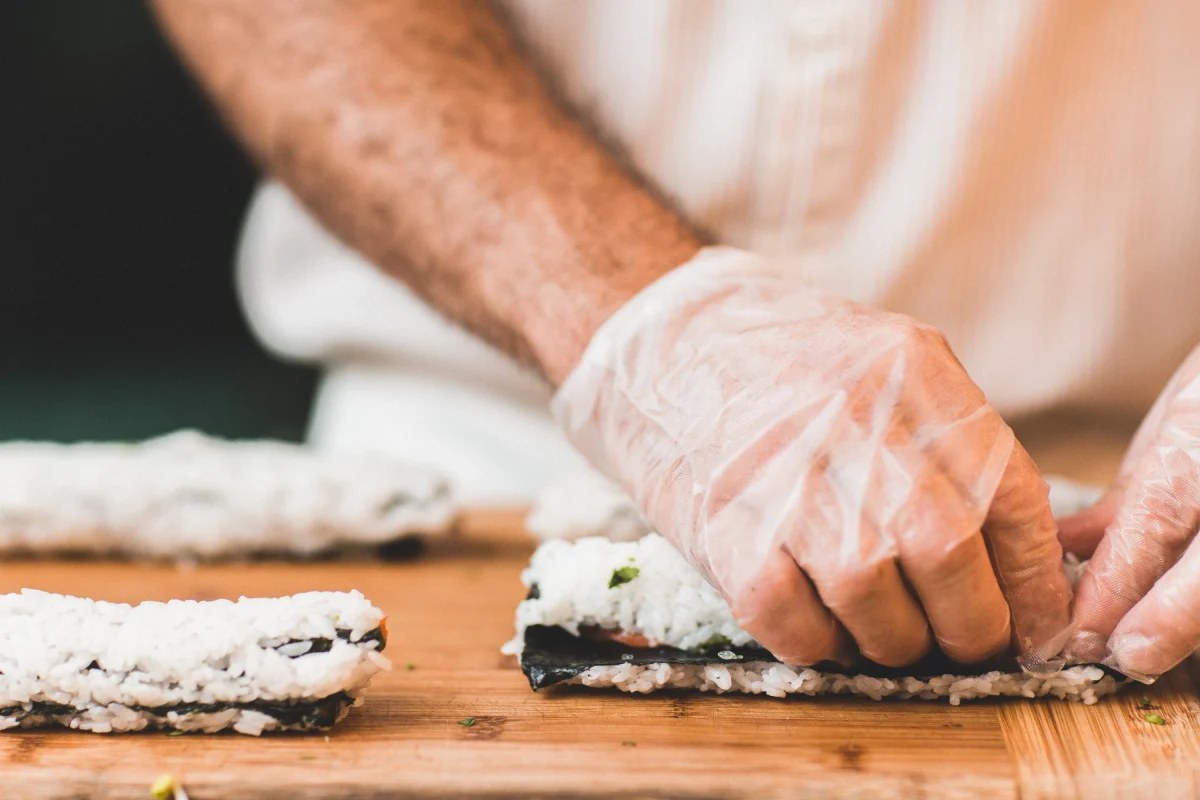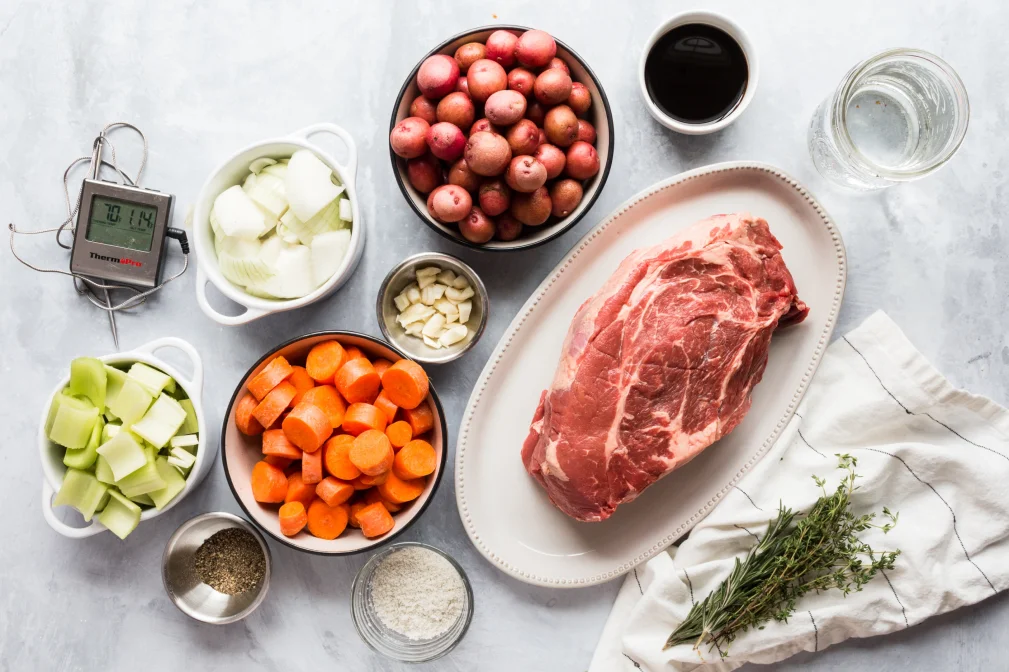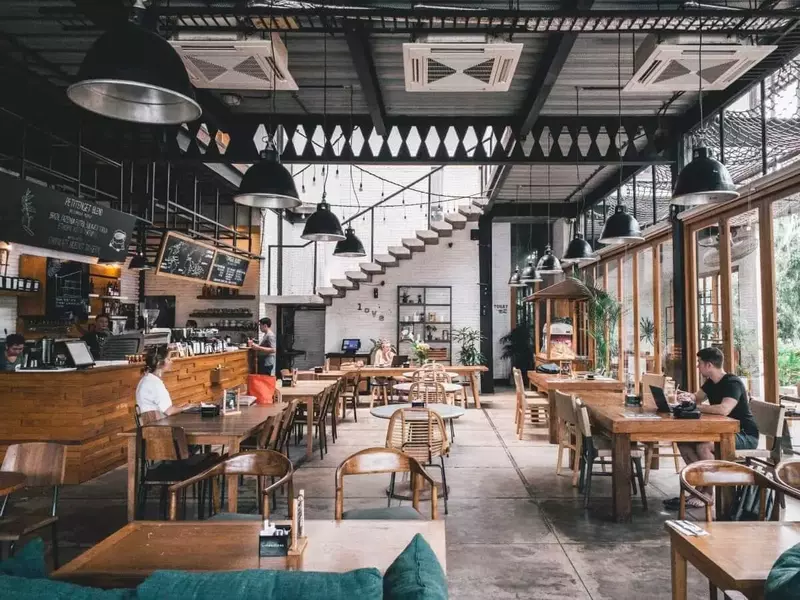Ensuring Food Safety and Quality in Your Restaurant

Food safety and quality control are paramount in the restaurant industry: you’re responsible for keeping both your employees and customers safe from foodborne diseases through rigorous hygiene practices and careful monitoring of food conditions. Consistently low-quality food can also seriously impact your reputation, consumers’ confidence in your offerings, and your overall business longevity.
As such, it’s essential that you understand all the regulations and best practices involved in maintaining excellent food safety standards, which we’ll discuss today in this brief and practical guide to ensuring food safety and quality in your restaurant.
Understanding Canadian Food Safety Regulations
Canada has well-established and thorough food safety standards, which you must adhere to in order to protect your business from legal or regulatory action.
There are three agencies principally involved in food safety, with provincial agencies implementing these standards and providing additional oversight. These most critical federal agencies are as follows:
Health Canada: This agency sets the standards for food safety and health, as well as passing regulations and acts that codify these. One of the most critical regulations for restaurants is the Food and Drugs Act, which outlines regulations for the packaging, distribution, and product quality of food and drugs throughout the supply chain. You should also be familiar with the Safe Food for Canadians Act and Regulations (SFCR), which protects Canadians from food safety risks and requires licensing to sell food products.
Failing to adhere to these laws, particularly the SFCR, can result in serious legal consequences, including fines and closure of your business.
Canadian Food Inspection Agency: A subsidiary of Health Canada, the CFIA is responsible for overseeing inspections to assure that every food business is adhering to the best practices outlined in the appropriate regulatory acts.
Public Health Agency of Canada: While not involved in legislation or inspection for the food industry, PHAC monitors foodborne illness outbreaks to protect public health, performing hazard analysis and intervening as necessary to reduce risks to the consumers.
In addition to Health Canada, CFIA, and PHAC, you are also beholden to food safety agencies within your particular province and their requirements. However, all these agencies work together to harmonize their efforts and ensure that all food businesses are meeting the highest standards of food safety.
Preparing for and Navigating Inspections
Inspections can be incredibly intimidating for any food business, even those who know that they have excellent standard operating procedures for food handling. However, it can be less daunting if you understand that food inspectors are simply there to keep food safe for your guests: a goal you share in common.
The data collected during these inspections is used to identify the overall quality control present in restaurants in order to provide restaurants with the tools necessary to improve. For example, regular audits might reveal that you need to implement additional staff training around washing hands or the way that certain foods should be stored.
Types of Inspections
There are three types of inspections that may occur, each of which has a different purpose.
Routine Inspections: These inspections are usually done at least once a year, but you may be inspected up to three times a year, depending on whether you are a low-risk, medium-risk, or high-risk business.
Being a high-risk business could either mean that you work with a particularly vulnerable population, like a cafeteria in a hospital, you handle a large volume of food, or you have had repeated non-compliance.
Complaint-Driven: These will be initiated by a complaint to the Public Health Inspector of your province, and it will follow much the same pattern as a routine inspection, though with a closer eye on the problems identified by the complainant.
Follow-Up: If you have a complaint against you, the inspector will give you a certain time period in which to fix the problem before their next inspection, then return to ensure that the issue has been resolved.
What Inspectors Look For
There are a number of data points that inspectors will use to issue their verdict on your food safety practices, and they include the following:
- Pest control
- Sewage disposal
- Safe drinking water
- Raw materials and their quality
- Dishware and equipment sanitation
- Storage, such as keeping raw meat away from produce
- Cleaning procedures and overall cleanliness of the facility
- If certified food handlers are available when handling food
Responding to Feedback and Violations
It’s not uncommon for even a well-managed restaurant to have one or two small violations that can be almost immediately rectified, such as turning down a freezer to ensure that everything is kept at a certain temperature, but some issues may take a longer time to resolve. However, even a minor issue can turn into a big problem if it results in customers eating salmonella-contaminated poultry or growing sick because one of your employees didn’t use gloves when handling raw meat.
As such, you should take your report as constructive criticism meant to ensure the safety of everyone who visits your restaurant and strive to resolve any issues immediately. Your health inspector is there to assist you: ask questions if necessary and solicit feedback on how to improve.
If you have major violations, you may face a fine of up to $15,000 and even the closure of your business. The violation will include evidence as well as what needs to be rectified before a follow-up inspection, so read the report carefully and make a plan for how to resolve everything as soon as possible.
Training: Building a Safety-First Team

Excellent food safety begins with excellent employees who understand the ramifications of serving unsafe foods to customers. It’s vital that you stress how important safety is in the food industry and provide them with the tools to improve.
To begin with, all of your staff should receive a Food Handler Certification; every province requires this, and several offer free programs through their own ministries of health. These courses teach employees how to handle different ingredients safely, including meats, produce, and baked goods like raw dough.
You should encourage your employees to strive for more training on food safety by taking advanced courses through a trusted supplier like the Canadian Institute for Food Safety, SafeCheck, ProSafe Training, or Canadian Food Safety. In addition, schedule routine refreshers and quiz your employees on what they know so you can be assured that they are retaining the information.
Regular training sessions don’t just ensure all your employees understand food handling: it also reinforces that you won’t tolerate infractions.
Food Sourcing: Starting with Quality Ingredients

The suppliers who provide the raw materials for your meals should all be just as committed to food quality and safety as you are. Get to know your vendors’ practices on a deeper level than just what inventory they can provide, as you may be held responsible if their product quality control isn’t the best.
Many restaurants prefer to focus on local sourcing, and for a good reason: freshness is an essential element of food safety. However, this also poses a challenge in terms of seasonal availability, as not everything is always in season within your region. You may find it helpful to create seasonal menus for some items, with some mainstays that you always source from elsewhere to ensure availability.
Lastly, be aware of what different food labels mean – and know that you can’t conflate this with food safety. For example, a gluten-free label does not always mean that something is Celiac friendly, as it may be manufactured in a facility that also handles wheat products. The CFIA’s helpful article on food labeling for industry can assist you in demystifying these terms and identifying which ones are significant for your own operations.
Best Practices in Food Storage and Preparation

When it comes to food safety, storage and preparation are two of the most critical elements, and they involve a variety of different components, from the proper functioning of your refrigerators to how well items are cooked.
Temperature Control
When thinking about temperature, you need to be aware of the danger zone: the temperatures at which bacteria thrive, between 4°C and 60°C (40°F – 140°F). Your refrigerators should always be set below this, with your freezers at -18 ℃ (0 ℉). Foods should always be cooked above 60°C whenever possible; when meals must sit for a time, use a steam table, stove, or strong heat lamps to keep it from dropping below this.
Be sure to log temperatures in your refrigerators and freezers regularly, at least once a day.
Storage Protocols
Always follow the FIFO (First In, First Out) method: in other words, whatever foods have gone first into your fridge are the ones that need to be cooked first. Make sure that use-by dates are readily available and visible, and don’t hesitate to throw out something that’s gone beyond its expiration date.
Your refrigerator and freezer should be highly organized and segregated by ingredient, with raw materials being kept near the bottom so that they don’t come into contact with cooked foods. Meats should be stored below vegetables in a top-down hierarchy, with poultry at the bottom.
Be advised of cross-contamination risks and, whenever possible, use only the same storage containers for the same kinds of foods.
Hygiene Standards
All your staff should be washing their hands in a separate, specifically-designated handwashing sink, washing for at least two minutes. They should also use gloves and keep their hair pulled neatly back to avoid any contamination.
In addition, every surface and piece of equipment in your kitchen, even those that don’t have any contact with food, should undergo a regular and thorough cleaning, as even the smallest amount of food debris attracts pests.
Cooking Standards
Meat should reach the appropriate internal temperature as measured by an accurate digital thermometer, as undercooked meat can cause serious illness. You should also avoid cross contamination during cooking by utilizing different pans, utensils, and bowls for preparing ingredients before they are mixed together.
Customer Feedback and Quality Control

Customer satisfaction is your number one resource for quality assurance: after all, your patrons are the ones paying for your food and have a vested interest in you doing well. As such, you should encourage them to leave reviews discussing how they felt about your restaurant; someone mentioning that they felt their chicken was undercooked should tell you that you need to revisit training your staff about how to cook poultry to the right temperature to avoid foodborne illness.
You may also consider asking patrons directly about what they think. Don’t cringe away from criticism, either: take it as an opportunity to improve your procedures and ensure the utmost satisfaction of your guests. If customers complain or voice their concerns, address them in a respectful and professional manner, avoiding getting defensive.
In addition, set up internal mechanisms to check the quality status of your food, such as performing a taste test and analysis of part of each batch of food.
Continuous Improvement and Staying Updated
Best practices in the food industry change frequently, and it’s up to you to stay current. Get involved in trade organizations and sign up for trade journals so that you can keep abreast of changes in standards, regulations, and equipment. Cultivate a culture of continuous learning and improvement in your restaurant, and embrace innovations in food safety and food quality management rather than shying away from it: those who innovate are often the most successful, too.
Conclusion
Food safety and quality control are cornerstones of successful restaurants: they bolster your reputation, ensure the safety of your patrons, and keep you on the right side of the law. Follow procedures carefully, pay close attention to developments in the food industry, and commit to continuous improvement and training for both yourself and your staff. By doing so, you can provide healthy, safe, nutritious food to your patrons so they want to come back again and again.
References and Further Reading
The Food Safety Regulatory System in Canada
Who’s Responsible for Food Safety in Canada?
Food Premises Inspection Reports – FAQ
How to Pass Your Restaurant Health Inspection
How to Ace a Restaurant Health Inspection
Refrigerated Food Storage Guidelines for Food Handlers
How to Find the Right Suppliers for Your Restaurant
Frequently Asked Questions
Will I Have a Warning Before a Health Inspection?
No – inspections occur randomly to ensure that you’re not hiding concerning behavior or have time to clean up before they arrive. This is why it’s important to stay on top of your kitchen sanitation, as the health inspector may arrive at any time.
How Can Restaurants Self-Assess Between Health Inspections?
The best way to do so is to review all of the materials available about what exactly is being assessed during a health inspection, then perform a walk-through of your kitchen with these materials in hand. You can even find health inspection sheets from your local health agency, print them out, and fill them out as necessary to get a good assessment of how you are doing in terms of food safety.
How Can Restaurants Strike a Balance Between Diverse Menu Items and Food Safety?
Consider substitutions to reduce the number of ingredients you need to have on hand without sacrificing quality and prepare your daily specials to take advantage of food according to the FIFO method.
How Do I Solicit Customer Feedback for Quality Control?
If you hosted a soft opening, consider following this same procedure: invite certain guests to visit for a tasting, then ask them for their feedback about the menu items. This quieter and more intimate gathering may help customers think more critically about their opinions.







